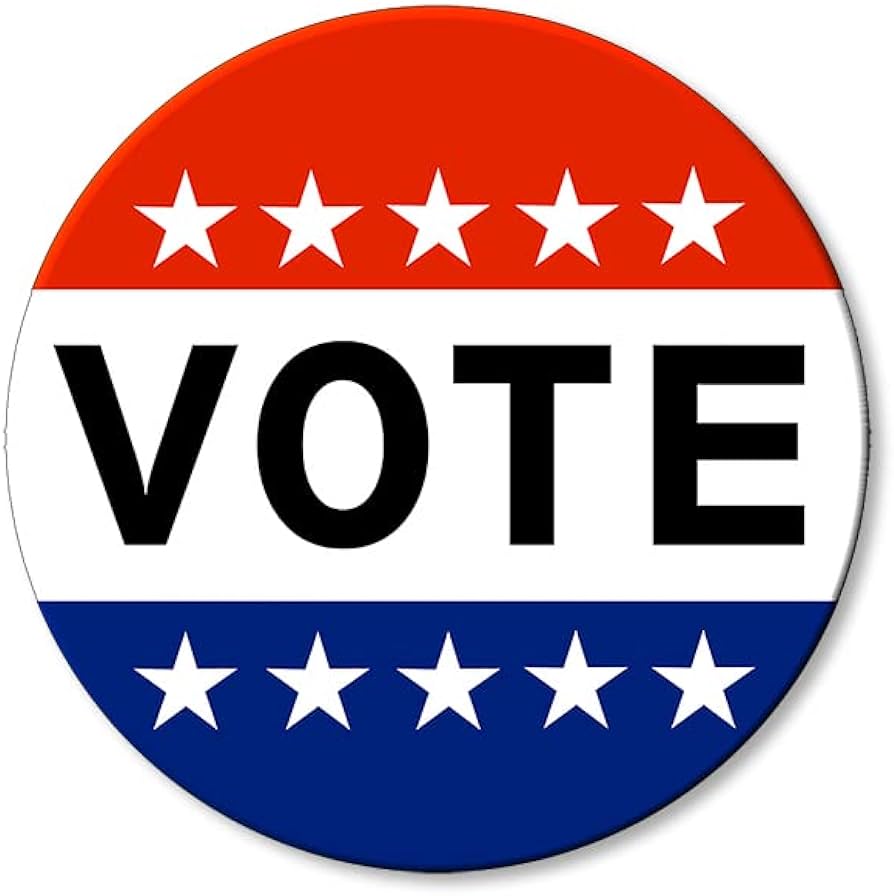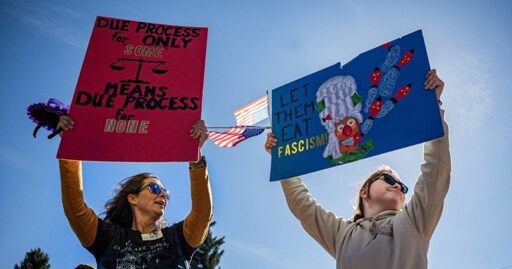A new Harvard study shows that 2025 protests are likely the most geographically widespread in US history.
It’s been a week since an estimated 7 million people across 50 US states and the District of Columbia—and countless others all over the world—took part in the “No Kings” protests to speak up against the Trump administration’s policies and his leadership’s slide into authoritarianism.
From Washington, DC, to Oakland, California, protesters proudly waved American flags and declared their love for the country. They spanned generations, and many were dressed in various inflatable costumes—ducks, SpongeBob Squarepants, dinosaurs, and more—borrowing from Portland’s example of defying the rhetoric from Republicans and the administration that vilified anyone who demonstrated as violent, Leftist, “haters” of America.



Gerrymandering may very well backfire on the GOP.
I was thinking about this - with this level of gerymandering, is it not thr the case that there is an inflection point at which just a small change in votes can cause a large number of seats to flip?
Not really. For that to happen, all the districts need to be just barely won, assuming they don’t change.
It they do change, then yes. The more you pack the other side and spread yourself out, you’re amplifying your strength. At the same time, you’re probably not working to strengthen the number of your voters, so you’re shedding them. Which means you’re loosing your foothold.
It’s like with evolution. If you consistently evolve in a certain way, you’ll lose your ability to fly.
It won’t. Trump won’t leave office until he’s dead, And it will be a red wave in the midterm regardless of how many people vote